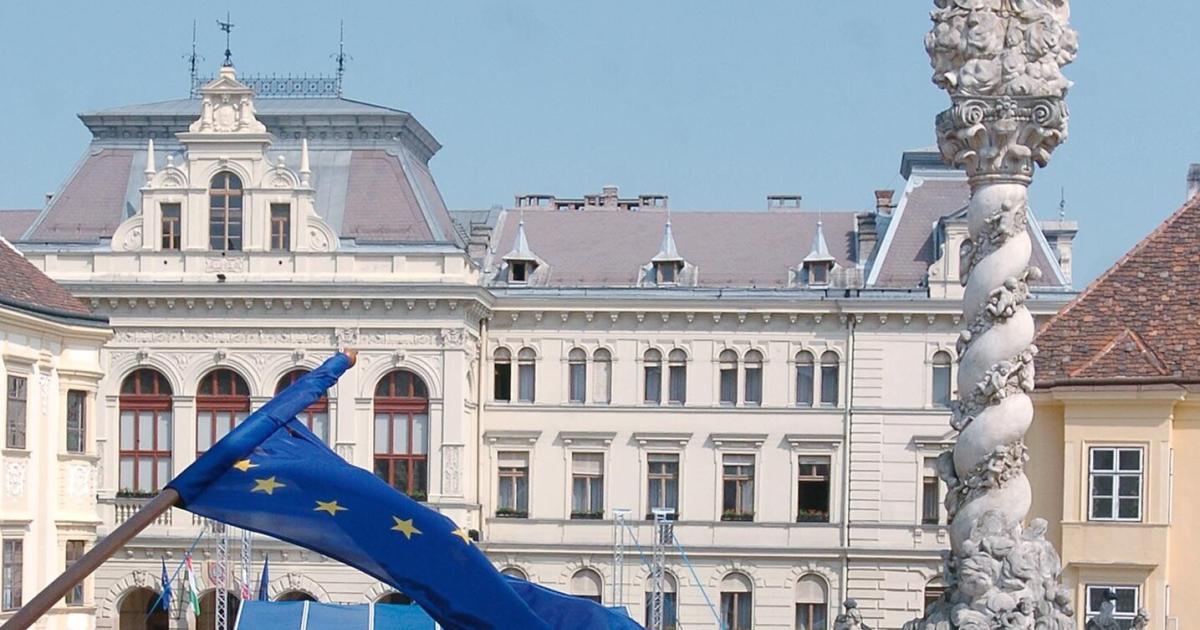Central and Eastern Europe has experienced remarkable economic growth since joining the European Union, with countries such as Poland, Hungary, Slovakia, Slovenia and Czech Republic accounting for 8.7% of EU GDP. The opening of the border fence at Sopron in 1989 marked the beginning of the dismantling of the Iron Curtain that divided Eastern and Western Europe, and subsequent EU enlargements further integrated eight countries into the legal framework of the European Union.
Trade within the region has become increasingly important, with significant growth in foreign trade in Poland and Hungary. The banking sector also promises further development in these countries. However, despite this economic success, challenges at the political level were not fully anticipated during the EU’s eastward enlargement. There has been a rise in right-wing populist parties in the region, leading to increased skepticism towards the EU. While joining the EU has brought benefits for many, there have also been clear losers in the process, such as older individuals who may have lost job opportunities.
Experts suggest that future EU enlargements should more carefully consider geopolitical and social components to address the concerns of all citizens. The integration of Central and Eastern European countries into the EU brought economic prosperity, but also highlighted the importance of understanding and solving political and social challenges.
